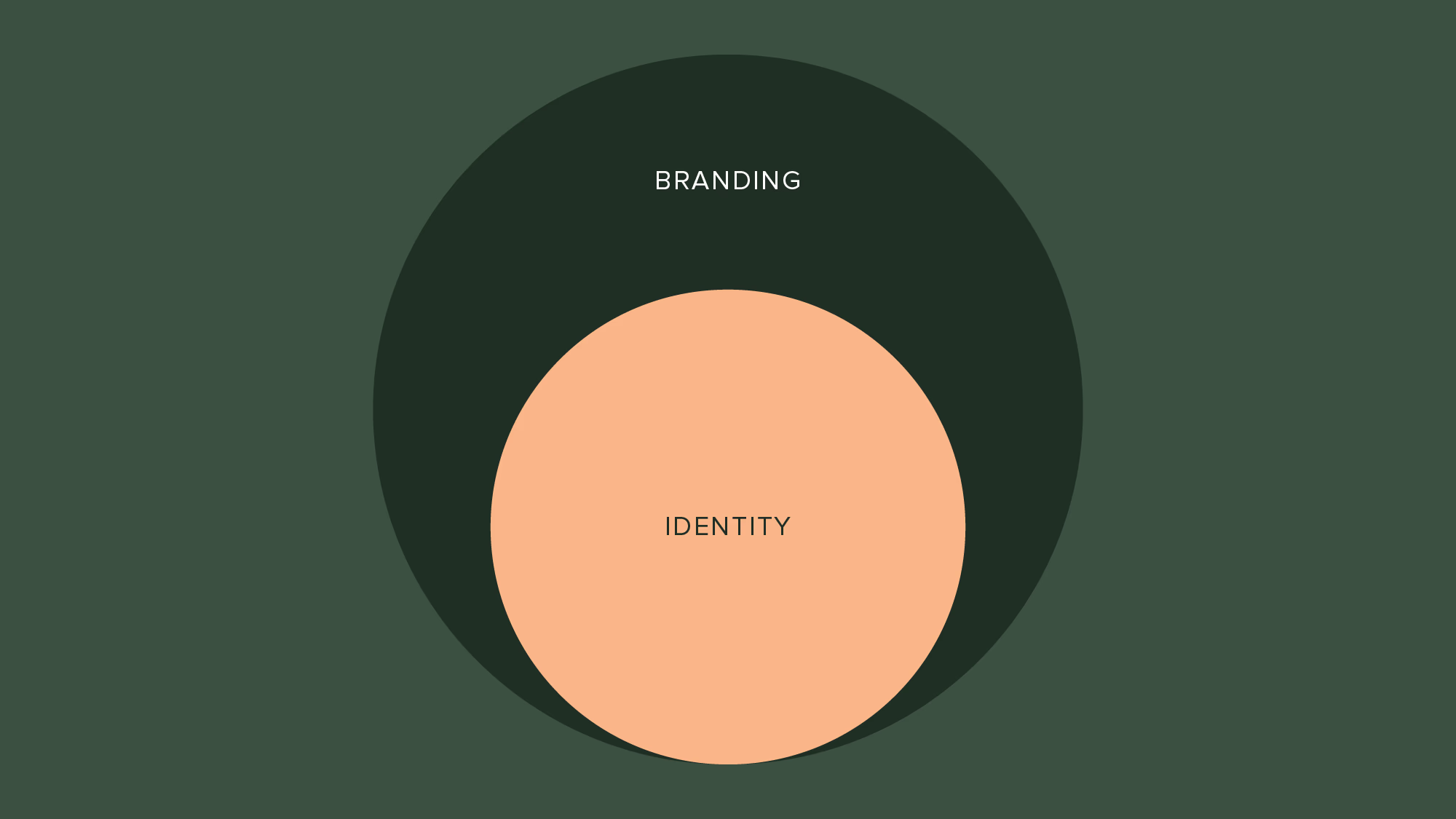In today’s hyper-competitive market, brands constantly strive to carve out a unique space in the hearts and minds of consumers. Some succeed spectacularly, cultivating deep, emotional connections that translate into loyalty and advocacy. Others, despite having superior products or services, struggle to break through the noise. But what exactly makes some brands resonate more deeply with consumers than others? Is it just about the product quality, or is there something more at play—something psychological, emotional, and social?
To understand why certain brands connect more effectively with consumers, we need to explore the underlying dynamics of brand resonance, including psychological factors, storytelling, emotional connection, brand authenticity, and the role of social influence. In this article, we will examine these factors in detail and uncover the secrets behind the brands that resonate.
1. Emotional Connection: More Than Just Products
At the core of brand resonance lies emotion. Consumers are not just buying products; they’re buying the emotions and experiences associated with them. When people interact with a brand, they seek meaning and connection. A product’s emotional appeal can evoke feelings of happiness, nostalgia, trust, or even empowerment.
For example, Apple has mastered the art of creating an emotional connection. The sleek design of its products, combined with its messaging around simplicity and innovation, resonates deeply with consumers. It’s not just about a phone or a laptop—it’s about being part of a community that values creativity, innovation, and individuality.
Similarly, brands like Nike use powerful storytelling to align their products with personal achievement, perseverance, and overcoming adversity. Their iconic “Just Do It” slogan taps into the desire for self-empowerment, inspiring millions to push their limits and achieve their goals.

By creating an emotional connection, these brands cultivate loyalty and turn their customers into passionate advocates. Emotionally connected customers are more likely to forgive mistakes, make repeat purchases, and recommend the brand to others.
2. Authenticity: The Power of True Identity
Consumers today are more discerning than ever. They value authenticity and can quickly spot when a brand is trying too hard or being inauthentic. Authenticity refers to a brand being true to its values, mission, and purpose, and consistently reflecting that identity in its communications, products, and behaviors.
Take Patagonia, for instance. The outdoor apparel brand has built a powerful identity around sustainability and environmental advocacy. Its commitment to environmental causes is not a marketing gimmick—it’s embedded in the very fabric of the brand. From donating 1% of sales to environmental causes to using sustainable materials, Patagonia’s customers know that the brand’s actions align with its values. This authenticity strengthens the emotional bond between the brand and its customers, creating a community of like-minded individuals who are loyal not just to the products, but to the purpose.
In contrast, when brands fail to align their messaging with their actions, consumers notice and react negatively. A brand that is perceived as inauthentic risks losing trust and damaging its reputation.
3. Storytelling: Crafting a Narrative That Resonates
Humans are natural storytellers, and stories have a unique ability to engage our emotions, capture our attention, and make us feel connected to something larger than ourselves. Brand storytelling taps into this human instinct by creating a narrative that consumers can relate to or aspire to be part of.
Think about Coca-Cola. The brand has been telling the same basic story for decades: a message of joy, happiness, and togetherness. Whether it’s their iconic holiday campaigns or the “Share a Coke” initiative, Coca-Cola’s storytelling is designed to create positive, memorable associations with the brand.
Brands like Dove have also used storytelling to resonate deeply with their audience. Their “Real Beauty” campaign celebrates diversity, promoting the idea that beauty comes in all shapes, sizes, and colors. The campaign’s success lies in its ability to reflect the real-life experiences and desires of consumers, making them feel seen, heard, and validated.
A brand’s narrative helps consumers see the company as more than just a business—it becomes part of their life story, something they want to be associated with. When done well, storytelling creates a bond that goes beyond transactions.
4. Social Influence: Building Community and Belonging
The power of social influence cannot be overstated. Humans are social creatures, and we are often influenced by the behavior, opinions, and actions of those around us. Brand resonance is, in many ways, a social phenomenon. It thrives when a brand can foster a sense of community and belonging, making consumers feel like they are part of something larger than themselves.
Brands like Harley-Davidson have created fiercely loyal communities by fostering a culture that values freedom, rebellion, and brotherhood. The Harley-Davidson brand is about much more than motorcycles—it’s about identity, lifestyle, and a sense of belonging to a group that shares similar values.
In the digital age, social media has amplified the role of social influence in brand resonance. Consumers are not only influenced by traditional advertising but also by the opinions and experiences of their peers. User-generated content, online reviews, and influencers all play a key role in shaping a brand’s image and reputation.
Brands that can tap into this social influence and build communities around their products often enjoy greater brand loyalty and advocacy. This sense of belonging can be a powerful driver of consumer behavior.
5. Consistency: The Foundation of Trust
Trust is a cornerstone of brand resonance. Consumers are more likely to resonate with brands that deliver consistent experiences over time. This consistency extends beyond the product quality; it includes every touchpoint a customer has with the brand—from marketing messages to customer service to the overall user experience.
Amazon, for instance, has built its brand on trust and consistency. Customers know they can rely on Amazon for quick delivery, a vast product selection, and easy returns. This consistent experience has made Amazon the go-to platform for millions of consumers worldwide.
Similarly, Starbucks has cultivated a sense of consistency in its brand experience. No matter where you are in the world, you can count on the same quality coffee, the same store ambiance, and the same customer service. This consistency fosters a sense of reliability and trust, making customers more likely to return.
When a brand is reliable and consistently meets consumer expectations, it earns the right to become a go-to choice for customers, further strengthening the connection.

6. The Role of Innovation and Adaptability
In a world that’s constantly evolving, innovation plays a crucial role in keeping a brand relevant. Brands that fail to innovate risk becoming obsolete, while those that continue to evolve and adapt to new trends and consumer demands are more likely to resonate with their audience.
Tesla, for example, has revolutionized the automotive industry by combining cutting-edge technology with sustainable energy solutions. Their innovation in electric cars, combined with a forward-thinking approach to renewable energy, has earned them a devoted customer base that sees the brand as a leader in environmental progress and futuristic technology.
Similarly, brands like Netflix have revolutionized the entertainment industry by adapting to changing consumer behaviors. As viewers increasingly turned to streaming services, Netflix didn’t just follow the trend—it set it. By continuously evolving its content offerings, user interface, and global presence, Netflix has maintained its strong connection with consumers.
Brands that embrace innovation demonstrate their ability to meet changing consumer needs, keeping their offerings fresh, exciting, and relevant.
7. Visual Identity and Aesthetics: More Than Just a Logo
In today’s visually driven world, a brand’s visual identity is a powerful tool for resonating with consumers. A well-designed logo, consistent color palette, and thoughtful typography help establish recognition and evoke emotional responses. Brands that invest in aesthetic appeal often make a lasting impression.
Consider the simplicity and elegance of the Apple logo or the bold, bright colors of McDonald’s. These visual elements go beyond mere recognition—they elicit an emotional reaction, whether it’s the sense of sophistication Apple evokes or the warm, comforting feeling that McDonald’s brings to mind.
The way a brand presents itself visually plays a significant role in shaping consumer perceptions and influencing buying decisions. A consistent and appealing visual identity helps a brand stand out and fosters a deeper connection with its audience.
Conclusion: The Ingredients for Resonance
In summary, several factors contribute to why some brands resonate more with consumers than others. Emotional connection, authenticity, storytelling, social influence, consistency, innovation, and visual identity all play crucial roles in fostering a deep bond between a brand and its customers. Brands that can master these elements have a distinct advantage in creating lasting relationships that transcend mere transactions.
For brands that aspire to resonate with their target audience, the path forward involves building an authentic identity, telling compelling stories, fostering community, and remaining consistent in delivering valuable experiences. When a brand gets it right, it doesn’t just sell products; it becomes a part of the consumer’s life and identity.

















































